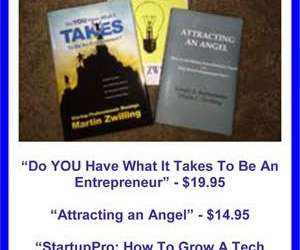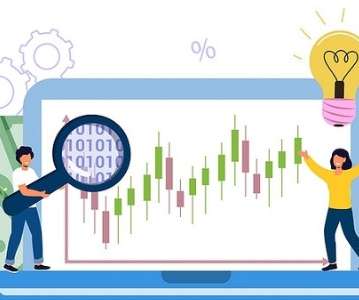What Founders Need to Know: You Were Funded for a Liquidity Event – Start Looking
Steve Blank
MARCH 16, 2016
For the first few years, your VCs want you to keep your head down, build the product, find product/market fit and ship to get to some inflection point (revenue, users, etc.). Not for some short-time “lets flip the company” strategy but an eye for who, how and when you can make an acquisition happen. If so, how is the revenue measured?


























Let's personalize your content